See PDFs of the patent drawings covering elements of the Pennsy’s S2 turbine locomotive […]
Type of Train: Steam Locomotive
Looping in Colorado
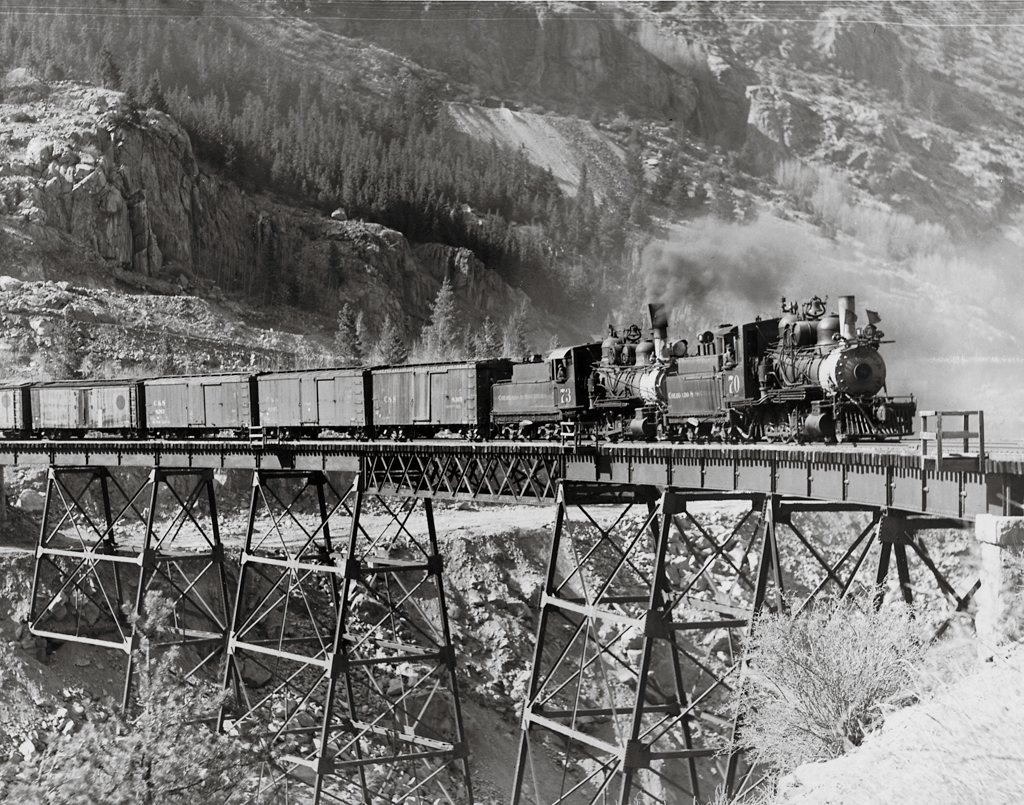
Colorado & Southern narrow gauge 2-8-0s Nos. 70 and 73 cross the high bridge on the Georgetown Loop with seven cars. The engines are moving at only 5 mph due to the frail nature of the bridge on May 14, 1938. Photo by R. H. Kindig […]
Video: Bachmann On2 1/2 Porter 0-4-0T

The Bachmann Spectrum series 0-4-0T includes a SoundTraxx Digital Command Control (DCC) sound decoder. See and hear this On2 1/2 (On30) steam locomotive in action. […]
Video: Bachmann On2 1/2 Porter 0-4-0T

The Bachmann Spectrum series 0-4-0T includes a SoundTraxx Digital Command Control (DCC) sound decoder. See and hear this On2 1/2 (On30) steam locomotive in action. […]
Lionel’s O gauge Wabash passenger set
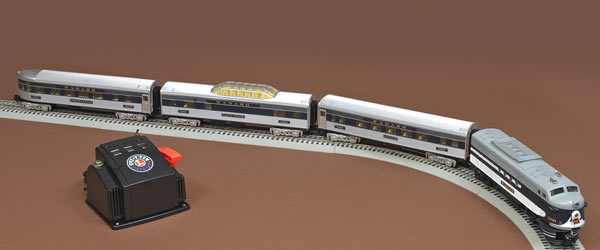
Once again Lionel is thinking outside the box regarding starter set road names. This three-car set gets points for offering something other than, say, the Santa Fe. It serves up the Wabash. The Wabash was a bridge route that ran from Buffalo, N.Y., to Kansas City, with branches to Omaha, Des Moines, St. Louis, Chicago, […]
New twist on intermodal
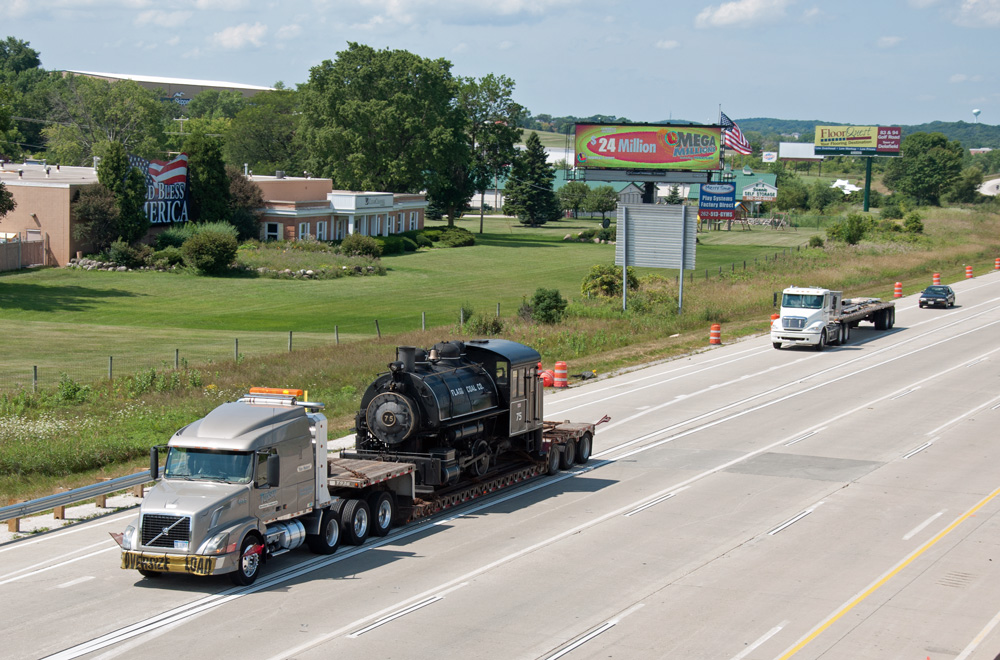
Motorists on I-94 must have done a double-take when this flatbed truck carrying Flagg Coal Co. No. 75 came rolling past on August 16, 2011. The 0-4-0 tank engine built in 1930 was headed to its home in Indiana after a weekend of operations on the Mid-Continent Railway Museum in North Freedom, Wis. Photo by […]
Southern 4501’s first excursion
FULL SCREEN John Gruber Graham Claytor Jr. (left) appears apprehensive as he talks with D. W. Brosnan and Walter Dove on the platform at Asheville, N.C. But the conversation was friendly and the 4501 soon was on its way. FULL SCREEN John Gruber Locomotive 4501 proudly poses at Terminal Station, about ready to leave on […]
Broadway Limited HO scale Pennsyvania RR Q2 4-4-6-4
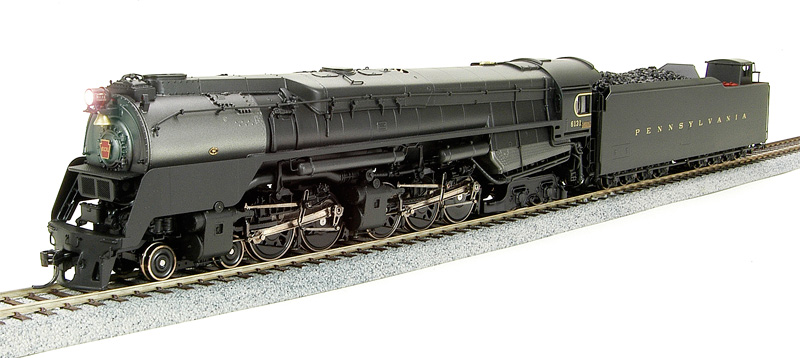
Broadway Limited HO scale Pennsyvania RR Q2 4-4-6-4 A Pennsylvania Q2 made of 95% brass, said to be the most detailed model of the locomotive ever built. Broadway Limited has done a great job, yet again, on the 2nd release of the PRR Q2. The models crisp paint and smoke that it produces, make this […]
Calculated drawbar horsepower curves for 4-8-4s
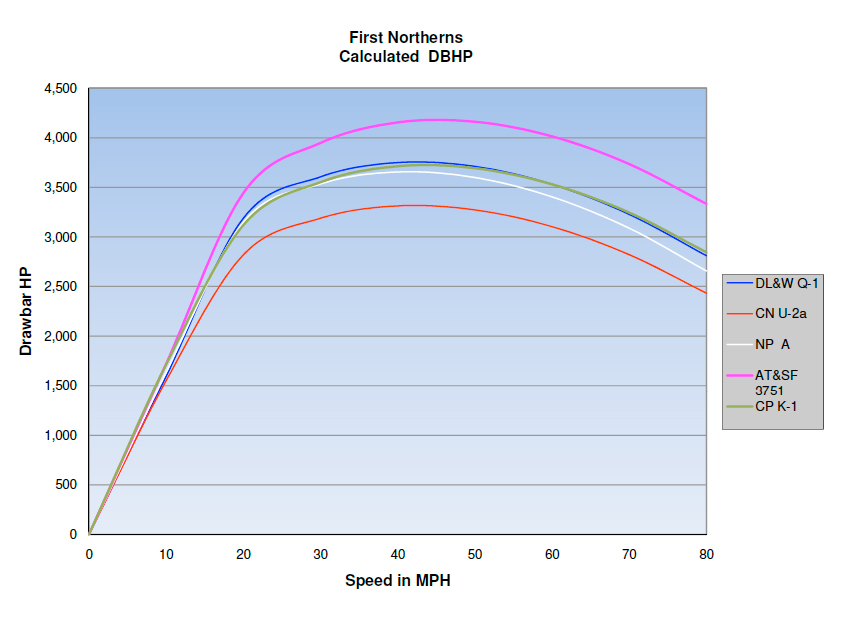
This graph shows the calculated drawbar horsepower curves for five classes in the first wave of 4-8-4s: Lackawanna Q-1, Canadian National U-2-a, Northern Pacific A, Santa Fe 3751, and Canadian Pacific K-1. Neil Carlson In the days of steam it was a normal practice to estimate the horsepower potential of a locomotive. Baldwin Locomotive Works […]
Glossary of steam locomotive terms
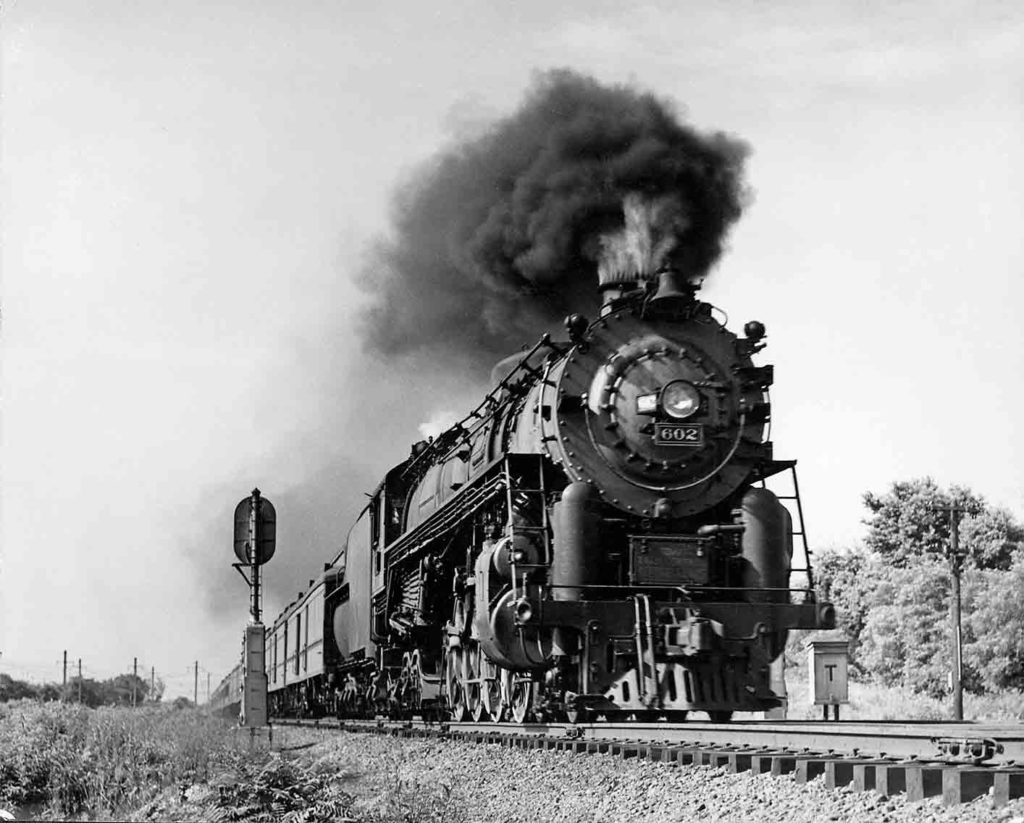
Richmond, Fredericksburg & Potomac 4-8-4 No. 602, named Governor Thomas Jefferson, rushes an 18-car passenger train toward Washington, D.C., near Four Mile Run, Va., in June 1940. C. W. Whitbeck Back pressure Back pressure is caused by the resistance of the exhaust steam exiting the cylinders. Overcoming this resistance represents negative work done by the […]
Video: LGB large scale Santa Fe steam freight set
This large scale train set features a steam locomotive with an operating smoke unit. Learn how to set up this ready-to-run model train set that includes track and a power pack. […]
Video: LGB large scale Santa Fe steam freight set
This large scale train set features a steam locomotive with an operating smoke unit. Learn how to set up this ready-to-run model train set that includes track and a power pack. […]
